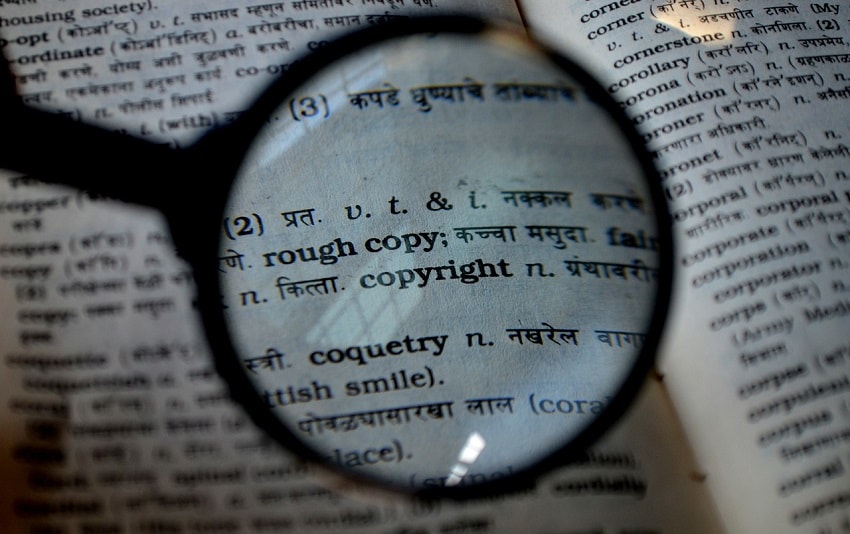Plagiarism vs. Copyright Infringement
Scholarly Communications Posted: September 15th, 2016The new semester is here. In the classroom, students read their syllabi and notice the policy sections.
Plagiarism is often mentioned in one or more sections, such as ones titled Honesty, Academic Misconduct, or Cheating.
Copyright infringement may also be mentioned, either together with plagiarism or in its separate section, such as Copyright Statement.
In the hurry and excitement of “syllabus day,” these terms may blur together. Plagiarism and copyright infringement are often confused or the terms are accidentally interchanged. They are different, and they have different consequences.
Our Research Guides discuss plagiarism and copyright. Rick Anderson also describes the differences clearly in a recent Library Journal article. Here is a summary of differences:
Plagiarism: using someone else’s work as if it is your own. This is:
- Unethical
- Usually does not impact true author’s finances
- Can lead to academic probation or expulsion
Copyright Infringement: using someone else’s copyrighted work without permission. This is:
- Illegal
- Can impact true author/creator’s finances
- Can lead to legal problems or imprisonment
Examples a student might encounter:
Plagiarism and Copyright Infringement
You want to write an amazing short story for your class, but you don’t have time. Finding a short story just released by your favorite author, you decide to use it for your assignment by changing the title and a few of the details. In addition to plagiarizing by claiming that the short story is yours, you have also infringed on the author’s copyrighted works.
Plagiarism without Copyright Infringement
Instead of using a current short story, like in the example above, you find a reputable website that lists short stories written in the 1800s that are labeled as public domain. You change the title and a few details. This is still plagiarism because you did not write the short story – someone else did. It is not, however, a copyright infringement because the short story was written before 1923 and the work is in the public domain. (Note: some works written before 1923 may still be copyrighted, depending on if it’s a new translation and/or publisher imposed copyright restrictions.)
For your biology class, you wrote your own paper. You found peer reviewed journal articles that support your own thoughts and research questions. You like the journal article wording and copy some of the quotes and place them in your paper. However, you did not give credit to the authors of these quotes and did not include proper citations. This is plagiarism. It may not be a copyright infringement due to fair use. Read more about fair use and copyrighted work.
Copyright Infringement without Plagiarism
During your classes, your professors direct you to their personal websites that list links to download journal articles that they wrote. This is not plagiarism, as the professors are placing articles that they authored on their websites. However, it may potentially be a copyright infringement. If a professor signed a traditional author agreement with the journal publishers, the copyright may be owned by the journals, not the professor.
Examples without Plagiarism or Copyright Infringement
- You write a paper and properly cite any outside sources.
- You manage your time and write your own fantastic short story without stealing content from others.
- When your professors publish articles, they make sure to retain their copyright, when possible, in order to share their articles on their personal website or self-archive in an institutional repository, like UCF STARS.
Best of luck this semester! Please note that any information provided here should not be considered legal advice. If you have any questions, please let us know. Sarah Norris, Scholarly Communication Librarian, can talk to you about copyright, and your librarians or the information literacy modules can answer your questions about plagiarism.
